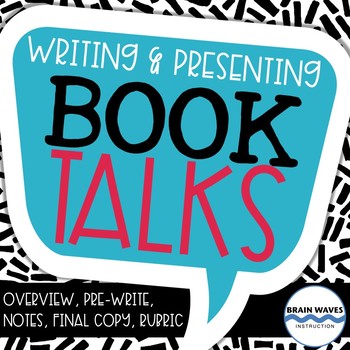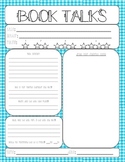As I read Beverly Tyner's book on a differentiated teaching model for small group, I started thinking how different my current reading groups are to the ones I conducted when I first started teaching. This reflection led me to realize that there were quite a number of things I did THEN that I would not do NOW.
1. Timing
I remember my small group phonics lessons lasted FOREVER! The efficient, quick, systematic lesson would be all planned out. Materials would be ready. And the kids just did not master the skill to the level I thought they should. So what would I do? Spend more time on it. And where did this time come? It would get stolen from the actual reading of book. This was not time well spent. They needed to be reading.
My solution: I started setting a timer for myself. The phonics lesson would end when the timer went off and we would just revisit the skill the next day.
2. Book levels
There have been a few years in my career where I was very unclear about the books that I needed to use in my guided reading groups. We have had some basal reader books and I have had some intervention program books. But looking back, I know these books did not always match the reading level of the student. I now know that these are tools within my toolbox but the need of my student must come before the resources in front of me.
My solution: I search for the instructional level text that will continue to push that group of learners. Sometimes this is a book from the leveled book room, a basal guided reading book, a decodable reader, a passage, or a poem.
3. Sight Words
The districts that I have worked in have never had a set group of sight words that need to be mastered by each grade level; therefore, I used the words from the basal program or intervention program that were recommended. This did not work out well for me. The gaps were clear and students were at such varying levels of sight word mastery.
My solution: My building created a document combining many sight words lists. We can pre-assess our students and support them on a more individual basis. No more gaps (hopefully).
As I have come to understand reading, learning to read, and the little young brains that I work with, my practices have changed and evolved. I like the routine that I have right now. But Ron Ritchhart explains that, "...some might argue that understanding can never be fully complete and absolute." I know for certain that my routine and practices will change as my understanding continues to grow.

















































